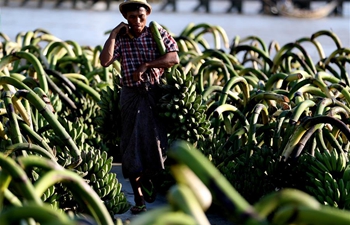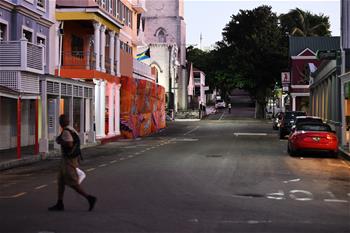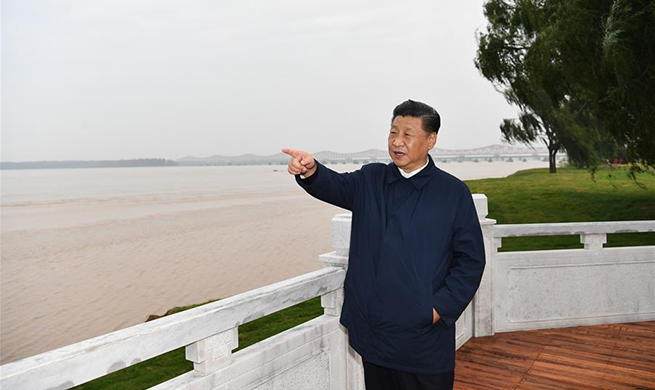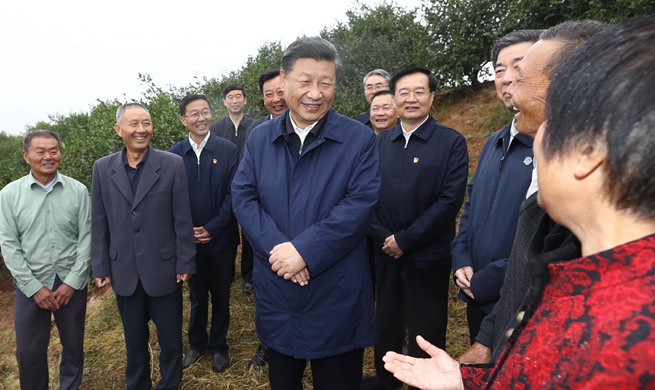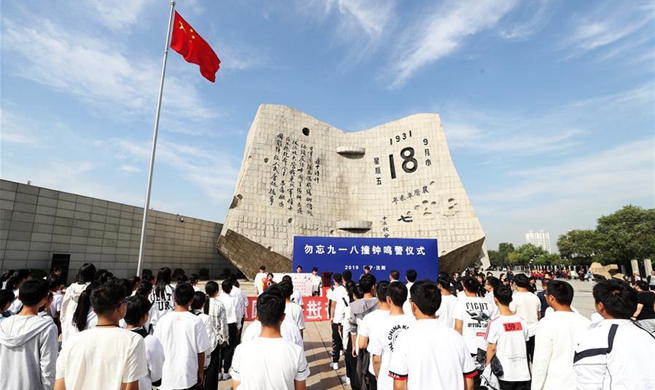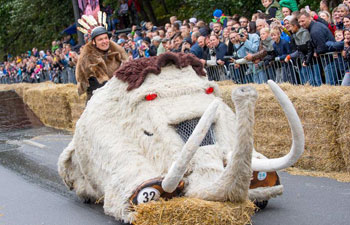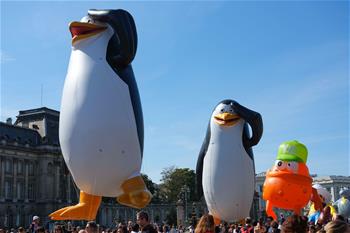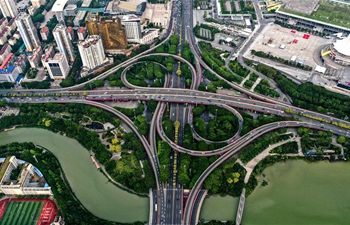WASHINGTON, Sept. 18 (Xinhua) -- An international team of scientists found that a collision in the asteroid belt 470 million years ago diversified life on Earth.
The study published on Wednesday in the journal Science Advances showed that the breakup of a major asteroid between Jupiter and Mars filled the entire inner solar system with enormous amounts of dust.
The dust led to a unique ice age and, subsequently, to higher levels of biodiversity, according to the study.
The blocking effect of the dust partially stopped sunlight reaching Earth and an ice age began, and the climate changed from being more or less homogeneous to becoming divided into climate zones: from Arctic conditions at the poles, to tropical conditions at the equator, according to the study.
Then, the high diversity among invertebrates came as an adaptation to the new climate.
Researchers identified extraterrestrial helium isotopes incorporated in the petrified sea floor sediments in southern Sweden, since the asteroid dust, on its way to Earth, was enriched with helium when bombarded by the solar wind.
Some scientists proposed that it would be possible to place asteroids, much like satellites, in orbits around Earth so that they continuously liberate fine dust and hence partly block the warming sunlight, a method to cool the planet in an era of global warming.
"Our studies can give a more detailed, empirical based understanding of how this works, and this in turn can be used to evaluate if model simulations are realistic," said the paper's lead author Birger Schmitz, a professor of geology at Lund University.
